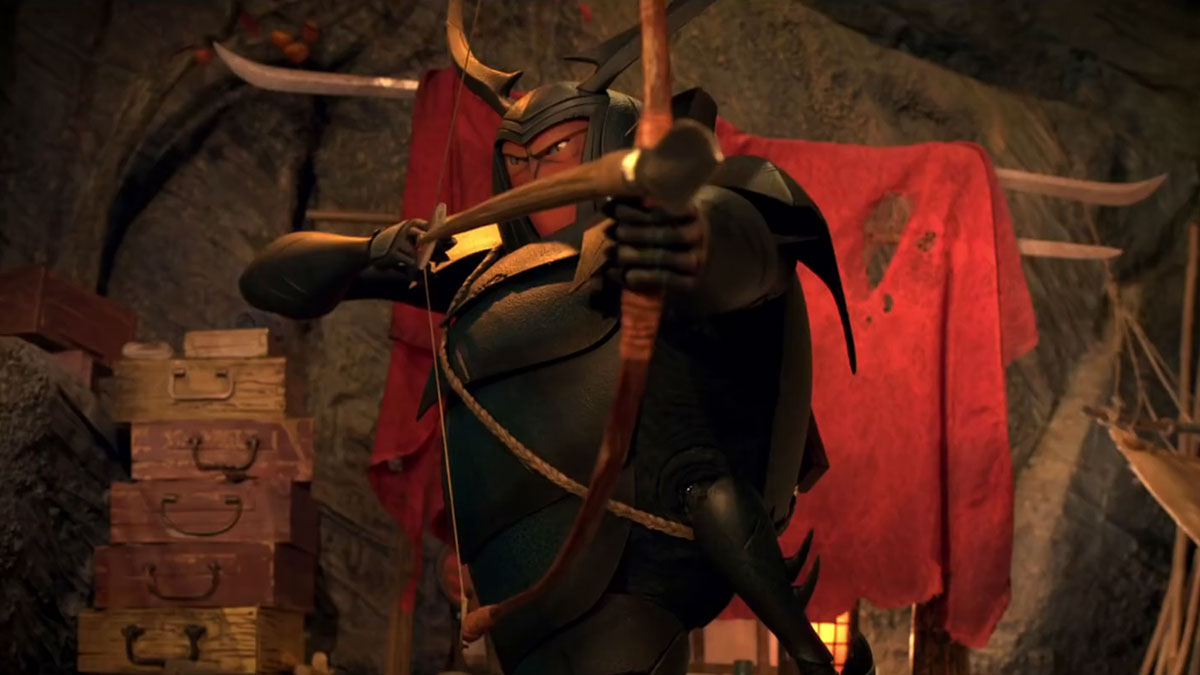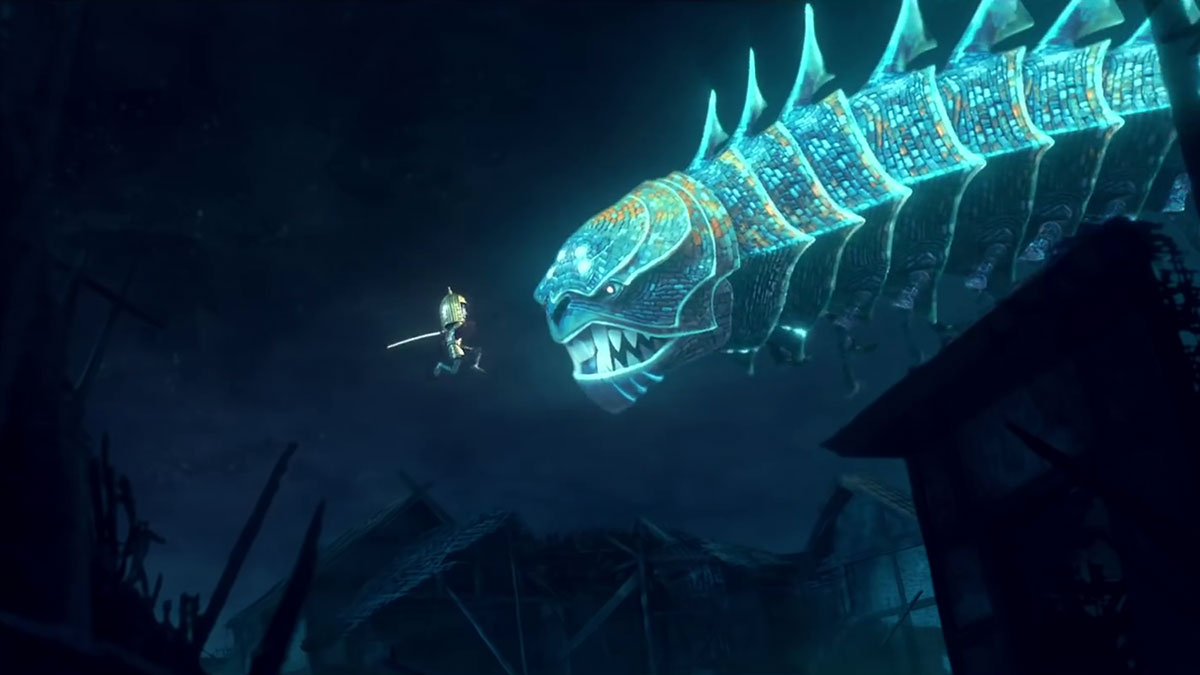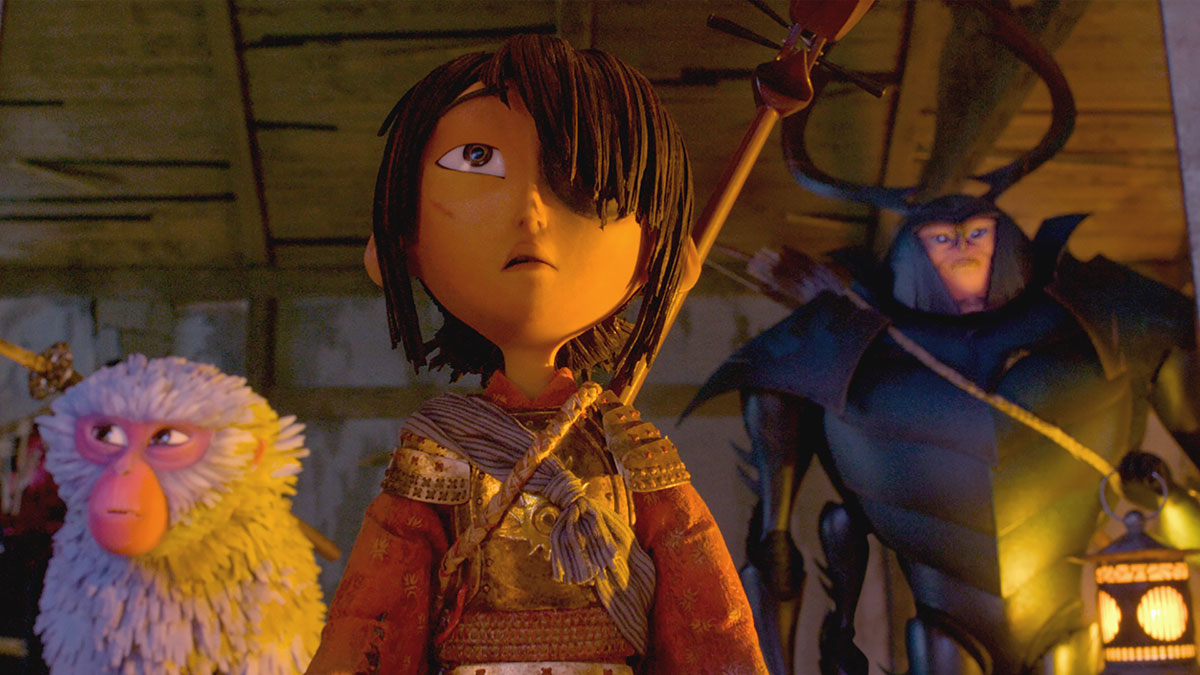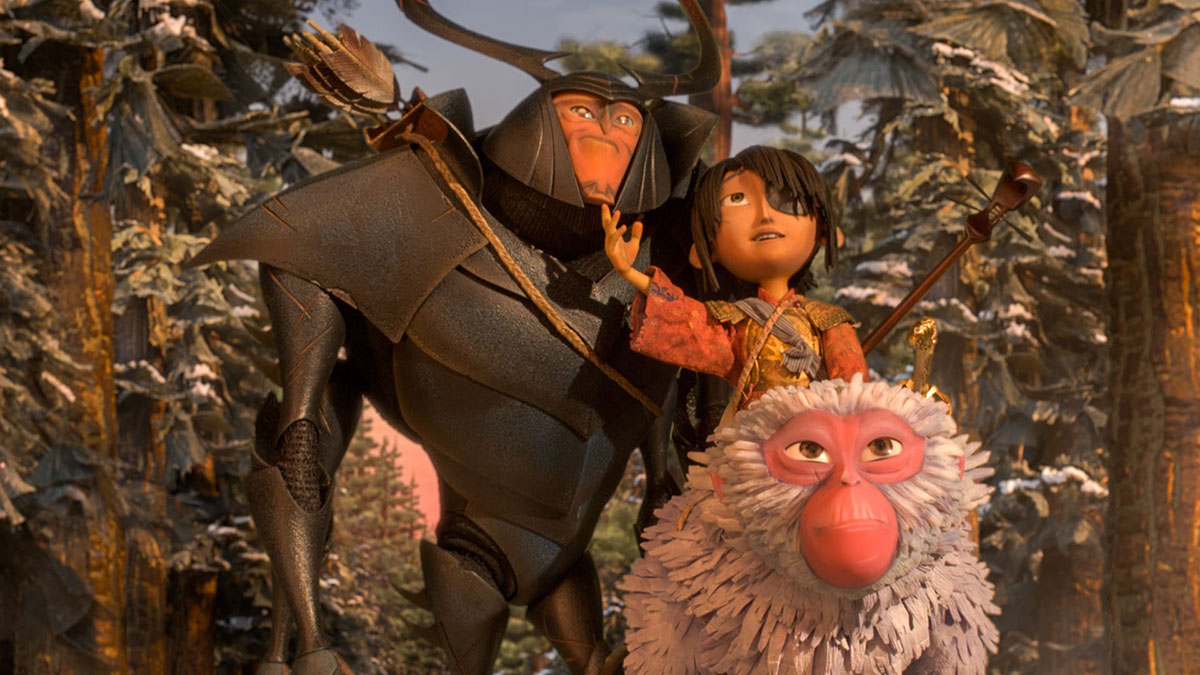Kubo serves as a nice reminder that stop-motion animation still has a lot to offer the modern movie audience
The world of animated features occasionally feels homogenous, filled with films cut from the same, Pixar-infused cloth and produced for the same audience — even when they are excellent movies deserving of the accolades they receive.
And then there’s Laika, the studio responsible for such wonderfully quirky, stop-motion animated films as 2009’s Coraline (an adaptation of Neil Gaiman’s story of the same name), the criminally under-appreciated ParaNorman, and The Boxtrolls. All three films earned the studio well-deserved Academy Award nominations. This weekend the studio brings its latest film to theaters, Kubo and the Two Strings – and it just might be Laika’s best feature so far.
Kubo and the Two Strings just might be Laika’s best feature so far
The directorial debut of Laika CEO Travis Knight, Kubo and the Two Strings follows a young boy named Kubo in ancient Japan with a gift for storytelling. When his mysterious past comes back to threaten everything he holds dear, he’s forced to embark on a quest to recover a powerful set of armor. Kubo is joined on his journey by a fiercely protective monkey and an overgrown, amnesiac beetle trained as a samurai.
From the film’s opening moments to its end credits, Kubo and the Two Strings is a visual masterpiece that boasts some of the most meticulously detailed set pieces and sequences of any animated feature in recent years, stop-motion or otherwise. There’s a texture to everything that happens in the world of Kubo that simply doesn’t exist in most traditional or digitally animated projects, and rather than distract from the story (or worse, make it feel puppet-like, as some stop-motion projects do), it gives the characters an impressive depth both literally and emotionally.
More so than with any of Laika’s past films, Kubo feels like the perfect fit for the studio’s stop-motion style of animation, and the technique adds an extra dimension to the story that goes well beyond making it look different than other animated features. The title character’s knack for origami and the clever ways that papercraft shape the story offer the animators the opportunity to create one beautifully intricate sequence after another that push the boundaries of stop-motion in fresh, imaginative ways.
The voice cast is also a good fit for the story, with Game of Thrones actor Art Parkinson (who plays young Rickon Stark) bringing a nice amount of emotion to his performance as Kubo. Parkinson’s work is particularly praiseworthy for how well he carries the character in the company of co-stars Charlize Theron and Matthew McConaughey, who voice the aptly named Monkey and Beetle, respectively. All three actors – especially Theron and McConaughey – do a nice job of inhabiting their characters and giving them a sense of authenticity that demands more than simply reading lines of dialogue, and the film is better for it.
Kubo feels like the perfect fit for the studio’s stop-motion style of animation
Among the supporting cast members, Rooney Mara and Ralph Fiennes both effectively raise the threat level of their respective villain characters with their voice work, and George Takei’s relatively brief cameo – you’ll know it when you hear it – succeeds in providing a funny moment that avoids taking you out of the story.
Like each of Laika’s animated features before it, Kubo serves as a nice reminder that stop-motion animation still has a lot to offer the modern movie audience. This time around, however, the movie makes a strong case for being the best way to tell certain kinds of stories.
Laika has a knack for telling stories that draw you in and offer you something different than the tales being told elsewhere, and in that way, the studio has a lot in common with the titular protagonist of Kubo and the Two Strings. A triumph as both an animated feature and a showcase of what stop-motion animation can bring to a story, Kubo and the Two Strings is the latest in a long line of great features to come out of Laika – and quite possibly the best of the bunch.







